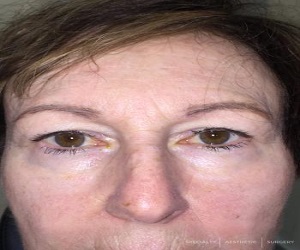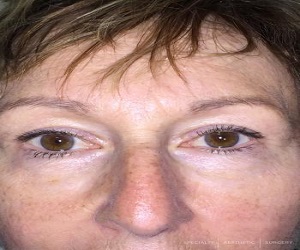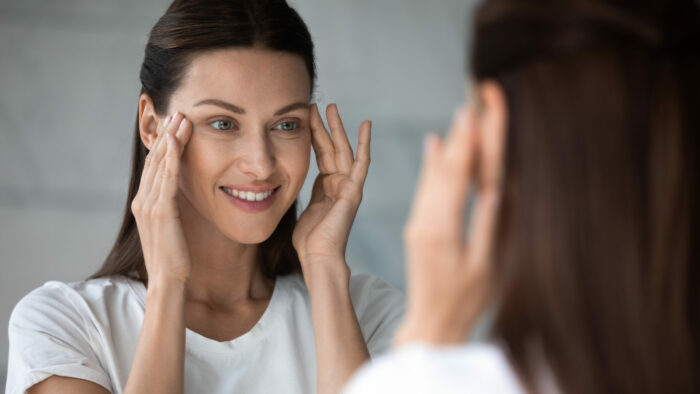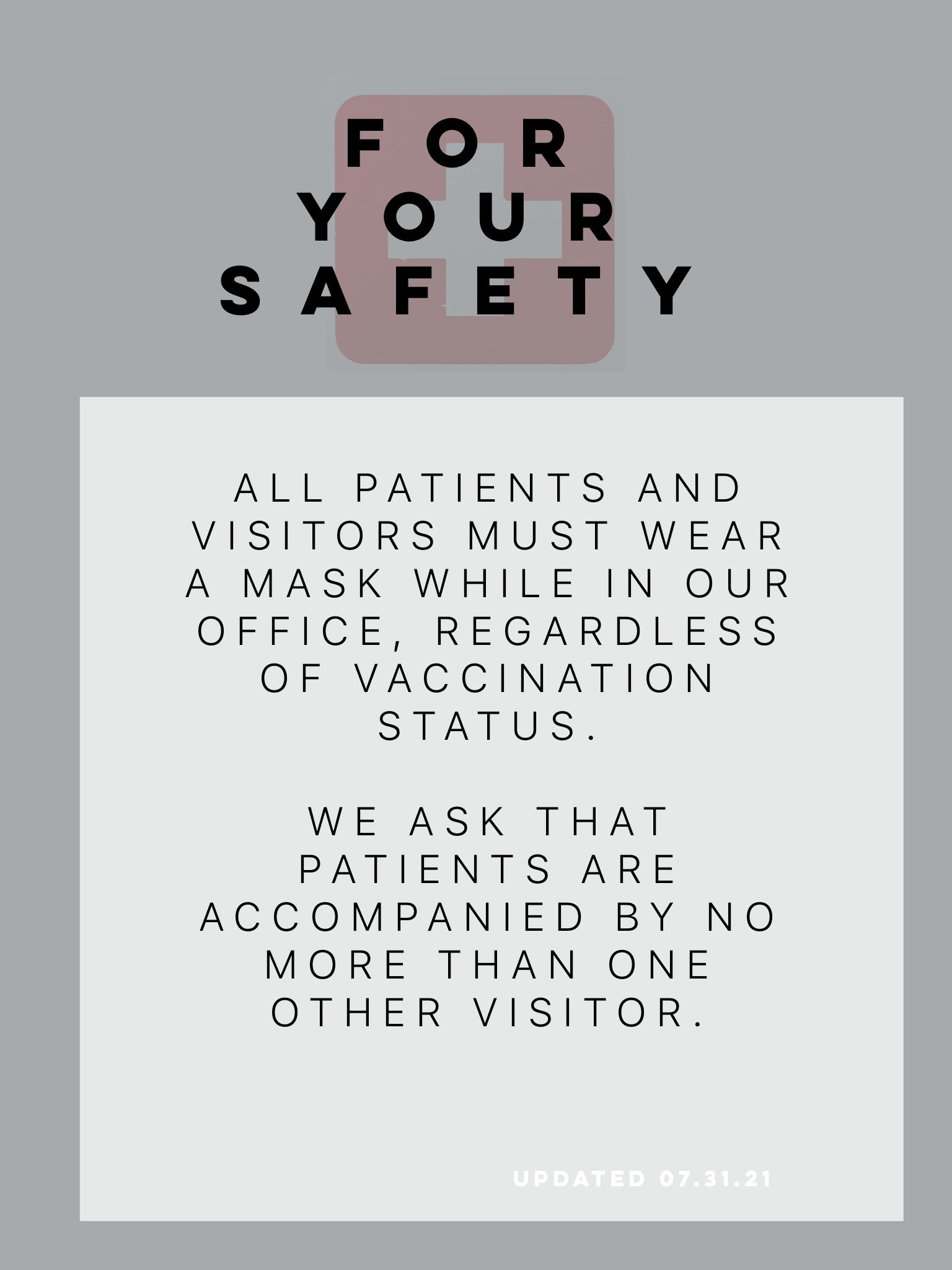How Much Downtime Will I Need After a Brow Lift?
After the surgery, patients can expect to experience some swelling, bruising, and discomfort around the eyes and forehead. This is normal and should subside over the first few days following the procedure. We will prescribe pain medication if necessary and instruct you on managing discomfort and swelling with ice packs.
Most patients take one to two weeks off of work. We typically recommend avoiding strenuous activities for at least two weeks and avoiding activities that could put pressure on the forehead for up to six weeks. You should also avoid wearing tight hats or headbands during the healing process.
The length of the recovery period can vary depending on the individual patient and the extent of the surgery. Recovery is often longer for a coronal brow lift than an endoscopic procedure. However, most patients can expect to fully recover and resume normal activities within four to six weeks following the procedure.
How Long Does Swelling Last After a Brow Lift?
It’s normal for the initial swelling after your surgery to be significant and obscure your results. Some patients may notice their eyebrows are slightly asymmetrical or appear too high, but this is a normal side effect of the swelling and will soon subside.
The most visible swelling after your brow lift will fade within two to three weeks. By this time, you will be able to see improvements from the procedure, though it may be a few weeks before your eyebrows settle into their final position. It can take a few months for swelling to resolve completely after surgery.
Brow Lift Procedure
There are two main types of brow lift procedures: the traditional or “coronal” brow lift and the endoscopic brow lift. The traditional brow lift involves making a long incision across the top of the head, from ear to ear, and lifting the forehead skin and underlying tissues. This technique is typically reserved for patients with more significant signs of aging or those with very low-set eyebrows.
The endoscopic brow lift, on the other hand, requires only small incisions in the scalp and using an endoscope, a tiny camera on the end of a thin tube, to guide the surgery. This technique is less invasive, resulting in less scarring and a quicker recovery time. However, it may not be suitable for all patients, depending on the extent of the lifting required.
Most brow lifts are performed under general anesthesia, which means the patient is asleep during the surgery. The surgery typically takes between one and two hours, depending on the technique used and the extent of the lifting required.













